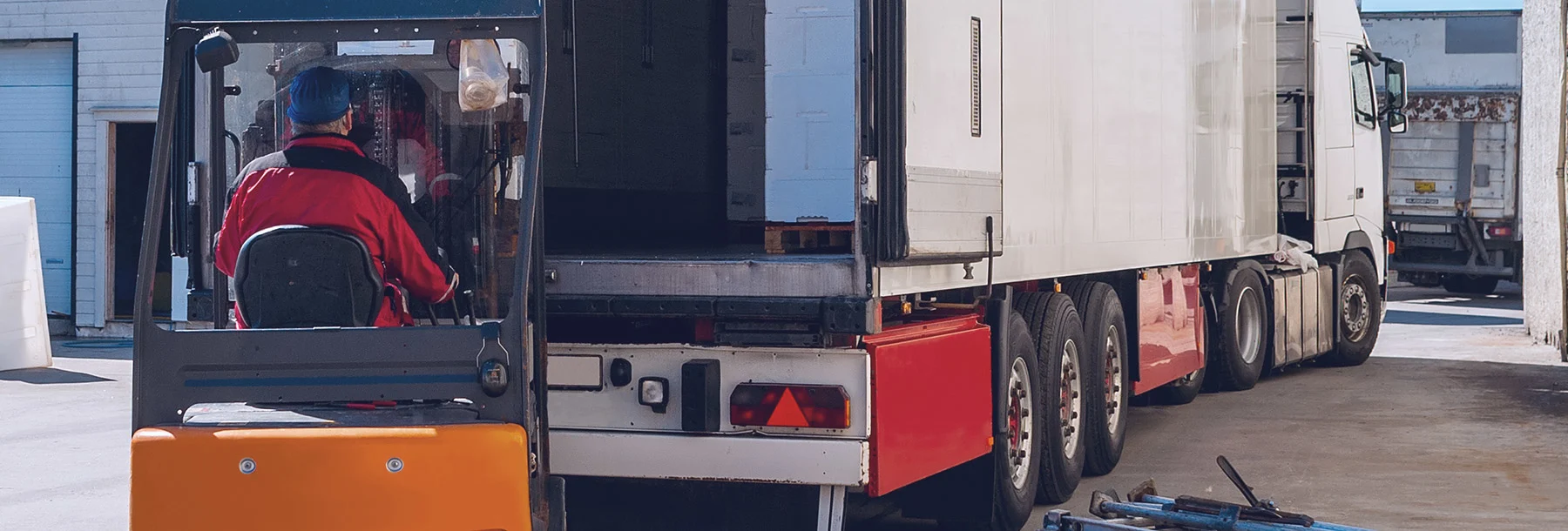Efficiency
Why Canadian fleets are rethinking maintenance in 2025
May 16, 2025
Sr. Content Marketing Manager - Canada

Get the latest from Samsara
Subscribe nowCanadian fleet operators are navigating a complex landscape in 2025. From fluctuating equipment costs and supply chain delays, to keeping aging vehicles on the road for longer, maintaining uptime has become a strategic priority as tariffs remain a top-of-mind issue. What starts as unexpected downtime can quickly turn into costly disruptions and shrinking margins.
While reactive maintenance may address immediate issues, it often leads to unexpected repairs, and extended downtime. That’s why forward-thinking fleet managers are embracing proactive and preventative maintenance strategies—leveraging real-time data and advanced asset management tools to stay ahead of potential issues.
Shifting the maintenance mindset
The Canadian Council of Motor Transport Administrators (CCMTA) makes it clear that every carrier should “systematically inspect, repair, and maintain” their commercial vehicles and equipment. However, not every fleet manager can fulfill the “systematic” part of this recommendation as regularly as they’d like. In the oil and gas industry alone, a single hour of downtime now costs facilities nearly $500,000.
For fleets, every hour of downtime impacts revenue, delivery schedules, and customer satisfaction. Shifting to a data-driven preventative maintenance strategy can help fleet managers minimize these risks while maximizing vehicle uptime.
Preventative maintenance: The cornerstone of operational efficiency
Preventative maintenance is about catching problems before they escalate. It involves regular inspections, targeted servicing, and data-driven insights to identify potential issues early. Compared to reactive approaches, preventative maintenance is not just about saving money—it’s about operational efficiency and long-term asset protection.
Fleet managers who adopt preventive maintenance programs fall into two main categories:
Time-based maintenance: This method schedules servicing based on set intervals, such as monthly, quarterly, or annually. It’s particularly effective for assets with predictable usage patterns, like delivery trucks that operate on fixed routes. Calendar or time-based maintenance establishes a consistent rhythm of checks and services, reducing the likelihood of unexpected breakdowns.
Usage-based maintenance: Rather than relying solely on the calendar, this approach monitors asset utilization data, such as kilometers driven, engine hours, or fuel consumption. This allows fleet managers to tailor maintenance schedules based on how much each asset is actually being used. Usage-based maintenance ensures that high-use assets receive attention more frequently, reducing the risk of overuse and extending asset life.
Real-world impact: Sterling Crane Canada
Sterling Crane Canada, one of the country’s largest mobile crane providers, knows the power of preventative maintenance firsthand. With fleet operations spanning from B.C. to Ontario, they previously struggled with inaccurate GPS data and limited maintenance visibility—leading to unplanned downtime and mounting costs.
To tackle these challenges, Sterling Crane Canada adopted Samsara’s Connected Operations Platform, gaining access to real-time diagnostics, hour meter readings, and asset utilization reports. “We saw immediate benefits from accurate data reporting, GPS locations, and insights we've never had before,” said Marco Goodridge, Regional Manager at Sterling Crane Canada.
By ensuring that their equipment was consistently maintained and operational, Sterling Crane Canada elevated their service reliability, enabling them to secure more deals and elevate their customer experience. This data-driven approach also delivered tangible cost savings—reducing maintenance and repair costs by CA$1.5 million for roadable units and at least CA$2.9 million for off-road units. And with 80% of maintenance now planned versus 20% unplanned, they achieved a 14% improvement over their previous provider.
From reactive to ready
Preventative maintenance isn’t just about avoiding breakdowns—it’s about creating a culture of reliability and readiness. By staying proactive and adopting data-driven strategies, fleets can extend the lifespan of assets, reduce emergency repairs, and keep operations running smoothly well into the future.
Instead of waiting for parts to fail, preventative maintenance programs leverage real-time data to identify patterns, track usage, and schedule service before minor issues transform into major problems. This approach not only protects against unexpected costs but also ensures fleets stay compliant with regulatory requirements and safety standards.
In 2025, Canadian fleets are navigating uncertainty by prioritizing preventative maintenance to set themselves up for greater stability, fewer surprises, and more predictable operations. Is your fleet ready to make the shift?
Ready to explore how your fleet can maximize operational visibility, safety, and efficiency? Schedule a demo to see how connected operations can drive real impact—or log in to unlock more value from your existing Samsara platform.
Request a demoGet the latest from Samsara
Subscribe now















